February 3, 2017
Plans unveiled for £1 billion mixed use scheme in East London 0
 Developers Knight Dragon have unveiled the details of a landmark £1 billion project as part of the Greenwich Peninsula regeneration in East London. Designed by architect and engineering firm Santiago Calatrava, the Peninsula Place development marks the latest shift in London’s shift eastwards. The scheme will total 1.4 million sq ft including a new tube and bus station, theatre, cinema and performance venue, bars, shops and a wellbeing hub. Above this will rise three office towers, apartments and hotels, all connected to the Thames by a new land bridge. The developers claim that Greenwich Peninsula is London’s largest single regeneration project. Over the coming years, the £8.4 billion transformation of the Peninsula will provide 15,720 new homes in seven new neighbourhoods: home to central London’s first major film studio, a new design district, schools, offices, health services and public spaces.
Developers Knight Dragon have unveiled the details of a landmark £1 billion project as part of the Greenwich Peninsula regeneration in East London. Designed by architect and engineering firm Santiago Calatrava, the Peninsula Place development marks the latest shift in London’s shift eastwards. The scheme will total 1.4 million sq ft including a new tube and bus station, theatre, cinema and performance venue, bars, shops and a wellbeing hub. Above this will rise three office towers, apartments and hotels, all connected to the Thames by a new land bridge. The developers claim that Greenwich Peninsula is London’s largest single regeneration project. Over the coming years, the £8.4 billion transformation of the Peninsula will provide 15,720 new homes in seven new neighbourhoods: home to central London’s first major film studio, a new design district, schools, offices, health services and public spaces.










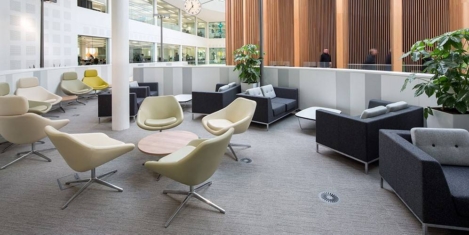
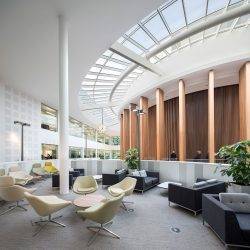


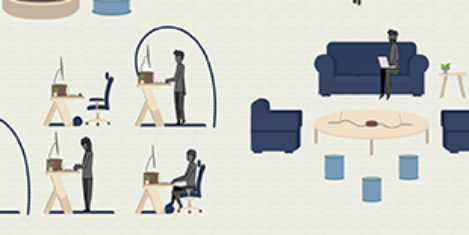
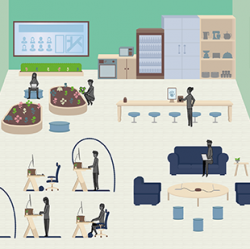









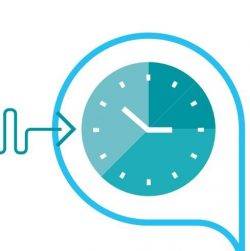
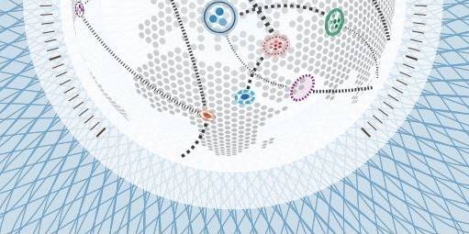
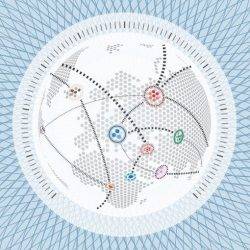









January 20, 2017
The facts about sit stand work are already lost in the stream of narrative 0
by Mark Eltringham • Comment, Knowledge, Wellbeing, Workplace design
(more…)